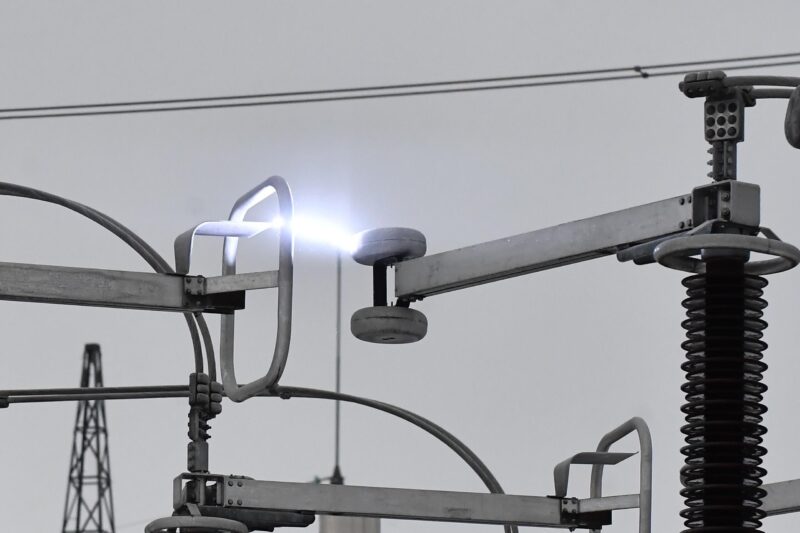
In a bold geopolitical move, Estonia, Latvia, and Lithuania have severed their power grid connections from Russia, synchronising instead with Continental Europe. More than just a shift in energy supply, this move reshapes the very concept of borders in the region, highlighting how sovereignty today is as much about controlling infrastructure as it is about guarding territory.
By linking to the LitPol Link, an electricity bridge between Lithuania and Poland, the Baltic States are now part of an energy network spanning 26 European countries and over 400 million consumers. This shift not only fortifies their energy independence but also alters the balance of power in Eastern Europe, signaling a decisive step away from Moscow’s influence.
According to Iverson Ng, an early career researcher at the Eur-Asian Border Lab and Tallinn University, “This decoupling from Russia’s power grid shows that borders aren’t just physical lines; they’re shaped by who controls essential resources and infrastructure. The fact that Russia could still influence the Baltic States’ electricity supply during its full-scale invasion of Ukraine highlighted a new form of vulnerability, one that goes beyond military presence or political alliances.”
Ng’s analysis reveals the layered complexity of modern borders. He explains, “This is a powerful reminder that borders are not static, they are processes of opening and closing, influenced by who holds the switch, both literally and metaphorically.”
The Baltic States’ strategic maneuver is more than a regional adjustment; it is a powerful statement on autonomy, security, and the redefinition of borders in the 21st century.
News source: https://www.err.ee/1609600145/balti-riikide-elektrisusteem-on-nuud-uhendatud-mandri-euroopa-vorguga